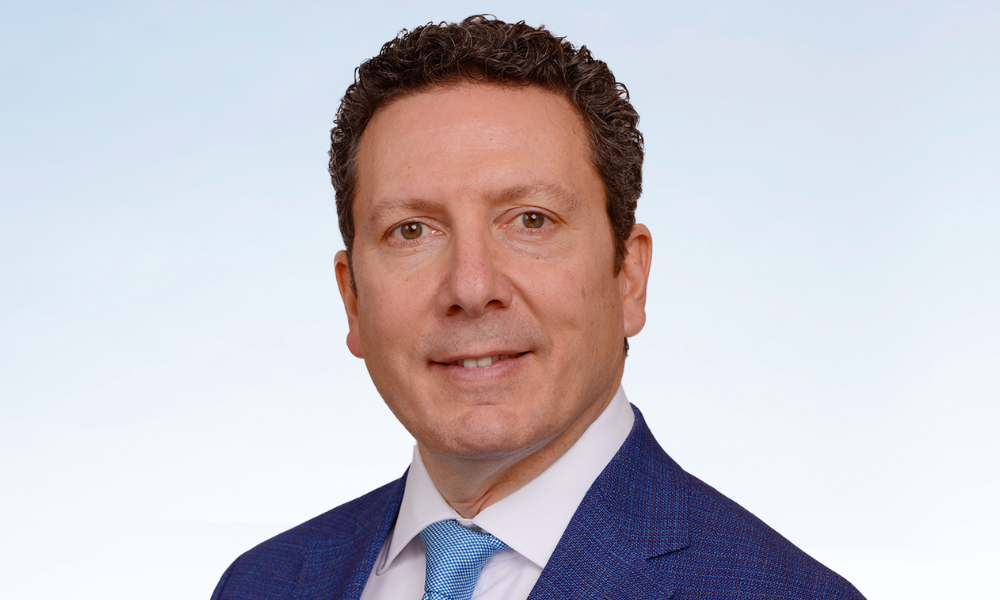CPPIB and other giants are shifting their exposures, can more nimble players thrive in their absence?

In its annual results released last week, the Canada Pension Plan Investment Board (CPPIB) revealed that real estate has become one of its biggest portfolio detractors. On a five-year basis, CPPIB’s real estate assets have only returned an annualized rate of 0.7 per cent. That is driven in large part by losses experienced more recently. As a result, the $632.3 billion behemoth investor has begun to trim its allocations to real estate, namely in the sale of various office assets, reducing its real estate holdings from 9 per cent of the portfolio to 8 per cent. Real estate represented 12 per cent of the portfolio five years ago.
Dean Orrico, President and CEO of Middlefield, explains that this reduction is the product of well-known weaknesses in the downtown office real estate markets that many pension funds had invested heavily in, as well as CPPIB’s exit from specific office properties. He outlined the role that large pension investors typically play in the Canadian real estate space and how some of their actions and strategic shifts can result in opportunities for other players in the real estate space. Orrico emphasized that despite the low returns pension funds have seen from their office real estate holdings, the wider market for commercial real estate continues to hold promise for investors.
“Pension funds have really been playing in two major areas, the office market and super-regional malls like Yorkdale and the Eaton Center,” Orrico says. “Those super regional malls have held up pretty well. It’s been the secondary and tertiary malls that have not done as well, so the pension funds have lightened up in that area. There’s a REIT that I own by the name of Primaris which bought a portfolio of shopping centers in secondary and tertiary markets like Halifax from the Healthcare of Ontario Pension Plan (HOOPP), who had decided these exposures were not core to them anymore. They sold them to a manager who focuses on those areas and, quite frankly, Primaris is doing great with those assets.”
While there has been some opportunity created by non-pension managers in areas like secondary and tertiary malls, the office sector is quite challenged — especially in Toronto. Orrico explains that pre-pandemic, downtown Toronto had office vacancy rates of around two per cent. Developers embarked on a series of decade-long office construction projects in the downtown core beginning in the 2010s because of that demand. The collapse in office demand following the pandemic, as well as rising interest rates bringing capitalization rates far closer to income levels, has resulted in the widespread devaluation of these properties, as reflected in their performance for pensions.
Orrico says he’s seeing pensions rebalance away from those office exposures towards other market segments that appear more promising. That includes those retail assets which have performed well for them recently. Arguably the strongest asset classes have been in multifamily apartment housing and industrial real estate. Those are areas where Orrico says the more nimble REIT players still dominate.
Because pension funds tend to play in different spaces, Orrico says he watches their actions and strategy but does not take direction from them. He notes, however, that as they begin to play more in the areas of multifamily and industrial real estate, his industry may have to start watching those pension funds for closer queues. He is also keenly aware of the entry of other massive private market players, like Blackstone, into Canadian real estate markets. Those private market players are also somewhat more nimble than pension funds, who have to take a long-term view because of the nature of their liabilities.
“The reality is, they’re such big investors, they transact more slowly, and they tend to be longer term investors, they know they're putting big money to work, they realize it's going to be hard to move out of that asset class if something changes, so they take a very long-term view,” Orrico says, when asked what he watches pension funds for. “[Their decisions] do inform how we look at those types of assets. We see where the pension funds are selling, but it's not new information to us, we already know the fundamentals, and some of those areas are less desirable. So it's basically in many cases, just confirmatory for us.”



